Historical NFTs
The Evolution of Tokenized Assets: Milestones That Shaped the Digital Landscape
Tokenized assets have revolutionized the digital landscape, redefining the ownership, creativity and introducing new ways of how we exchange value. But the roots of this technology go deeper than many realize. In this post, we'll explore the fascinating history of NFTs, highlighting the pioneering projects that laid the foundation for today's thriving ecosystem.
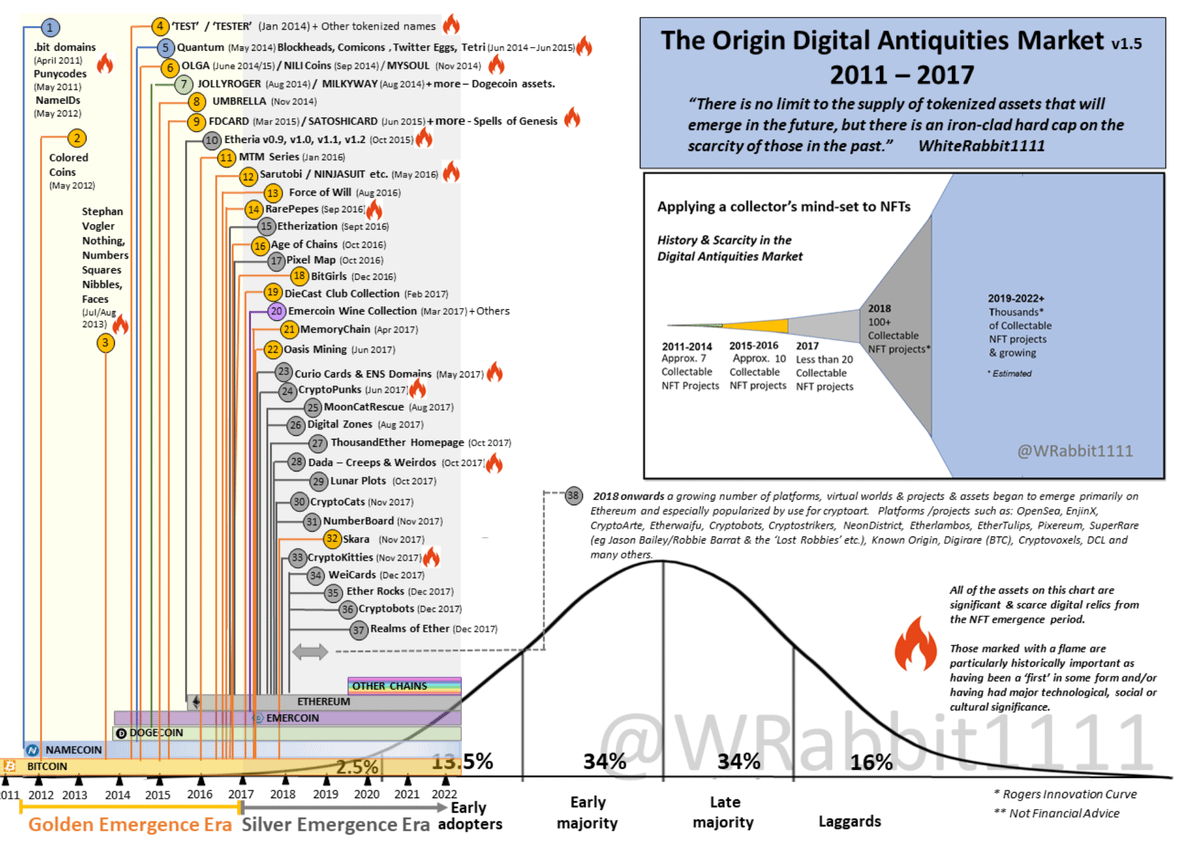
Historical NFTs (HNFTs) are recognized for their cultural significance and impact, technical innovation and their role in shaping the NFT ecosystem. They often represent milestones in the evolution of blockchain technology, introducing new possibilities and bringing novel use cases, such as first tokenized digital information, artworks, or gaming assets.
Their cultural impact is undeniable, as they embed blockchain history into their design, by depicting iconic figures and groundbreaking events. Doing so, they become historical artifacts themselves.
The Birth of NFTs: 2011-2016
Although “NFT” stands for ”non-fungible token” and originally appeared only with the launch of ERC-721 token standard on Ethereum to refer to unique digital items, the term has since evolved in everyday language to envelop a broader range of digital collectibles. Given its widespread usage today, we may also use “NFT” to refer to all types of tokenized assets, whether fungible or non-fungible.
.bit Domains (2011)
Launched on Namecoin, a Bitcoin fork, .bit Domains introduced decentralized domain name registration. .bit Domains pioneered the possibility of attaching other than monetary information to a blockchain transaction.
Colored Coins (2012-2013)
One of the earliest experiments on Bitcoin, allowing to represent real-world or digital assets by attaching metadata to specific Bitcoin transactions. The innovation introduced by Colored Coins paved the route for later protocols, such as Counterparty.
Quantum (2014)
Often cited as the oldest NFT, Quantum was minted by Jennifer and Kevin McCoy on Namecoin, in 2014. Laying forgotten until it went up for auction at Sotheby’s and was sold for more than one million dollars in June 2021, it sparked a vivid debate about its ownership due to Namecoin’s particular requirements for periodical renewal of what was minted previously.

Eggs (2014)

Eggs is another project launched on Namecoin and represents the first PFPs (profile pictures). There were 277 “Twitter Eggs”, used as Twitter avatars, in 14 different colors.
The Counterparty Innovation
Counterparty is an open-source, peer-to-peer platform and distributed protocol built on top of the Bitcoin blockchain, launched in 2014.
Spells of Genesis (2015)
Built on the Counterparty protocol, the Spells of Genesis (SoG) cards collection is tied to the eponymous game, widely recognized as the first blockchain-based mobile game ever made. By integrating NFTs into the gameplay, SoG introduces the concept of “true ownership”, empowering players with full control over their game assets.

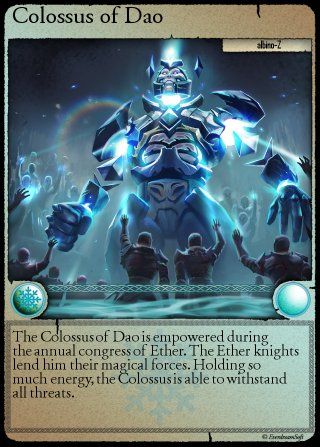
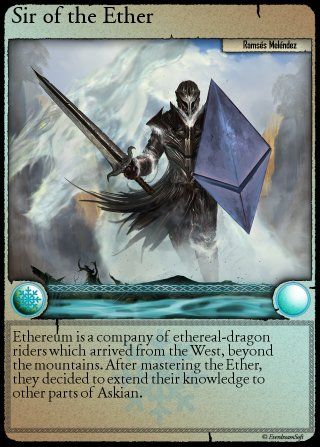
Each artwork represents an iconic figure or pivotal moment in the history of blockchain, ranging from the emergence of Ethereum, and The DAO hack, to the Bitcoin fork, or even the enigmatic creator of Bitcoin blockchain, Satoshi Nakamoto.
Etheria (2015)
Etheria is one of the first HNFT projects based on Ethereum, launched a few months earlier the same year. The project, introducing a virtual world where users could buy hexagonal tiles, representing pieces of land. With this concept, Etheria is a predecessor of projects like Cryptovoxels or Decentraland.
SaruTobi (2016)
Sarutobi is a mobile application, developed by Christian Moss, launched in 2014. Due to Apple regulations related to the applications released on their store, players were not allowed to purchase in-game items directly with BTC, as initially planned. Instead, Moss let them collect small amounts of BTC, as they played.
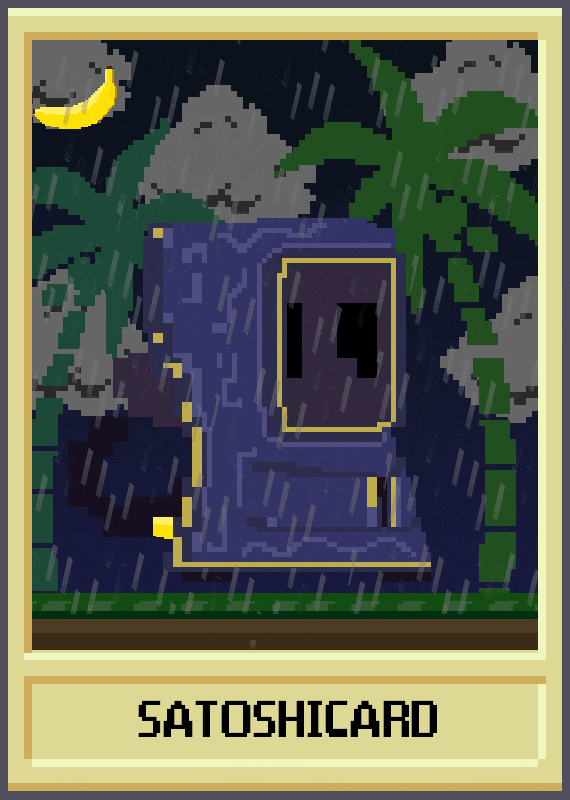
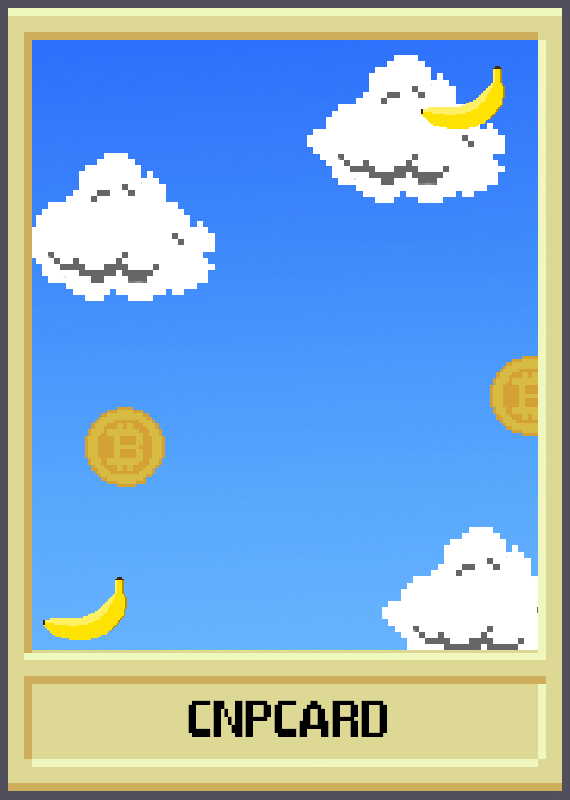
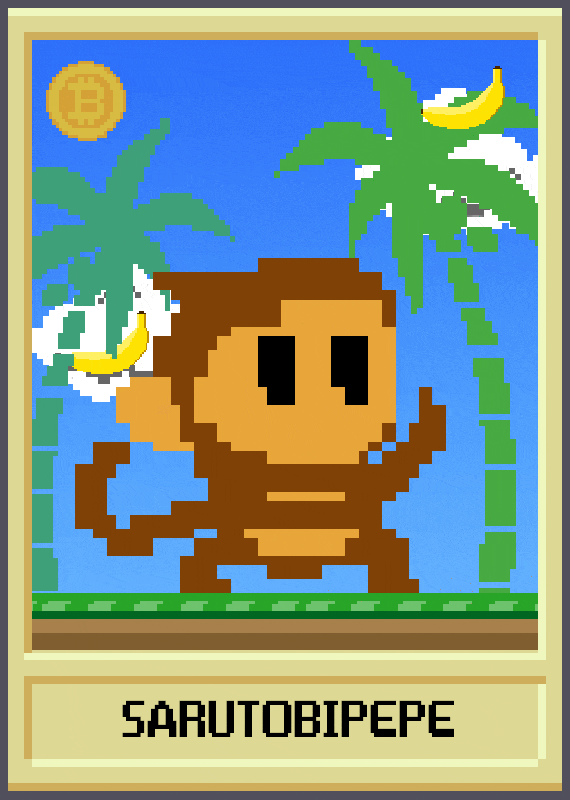
A few years later, inspired by Spells of Genesis, SaruTobi game implemented the SATOSHICARD, one of existing SoG assets, into its gameplay. From this collaboration raised the first case of an NFT interoperable between two different games.
Rare Pepes (2016)
Rare Pepes are digital collectibles based on the internet meme “Pepe the Frog”. Initially popularized in meme culture, the concept of "Rare Pepes" emerged in 2015 when certain Pepe memes were humorously labeled as "rare" and this designation turned into a phenomenon when enthusiasts began tokenizing these images as NFTs on the Bitcoin blockchain using Counterparty.
The project fostered a global community of artists, creators, and fans, democratizing the creativity and lowering the barriers to entry for NFT creation.
Ethereum and the NFT Revolution: 2017-2020
CryptoPunks (2017)

After the initial experimental projects on Ethereum, several successful projects emerged in 2017 and became mainstream, CryptoPunks being one of the first of them. CryptoPunks proposes 10000 avatars, all unique, and is thus considered as the first real NFT project on Ethereum.
CryptoKitties (2017)

In 2017, a new token standard was introduced: ERC-721. This new standard is specifically designed for creation of unique, non-fungible items, hence the term NFT. This new standard was used by the creators of CryptoKitties, a blockchain game, with simple mechanics, suggesting players to collect cats with their own characteristics on the blockchain and to mate them to create new unique cats, then inheriting some of the characteristics of their parents.
CryptoKitties have known a phenomenal success, which then led to an expansion and popularization of NFTs.
The NFT Boom and Beyond: 2021-
The NFT expansion brought many other projects, mostly on Ethereum or the later emerging EVM (Ethereum-like) blockchains.
On March 11, 2021, Christie’s auctioned Everydays: The First 5000 Days, a digital collage by Mike "Beeple" Winkelmann—for $69.3 million. This unprecedented sale remains the defining moment, bridging blockchain, art and pop culture. The sale contributed to the new NFT hype, and reignited the interest in NFT markets, including the Historical NFTs.
The 2021 NFT boom also saw an emergence of so-called Blockchain Archaeologists - researchers, developers and enthusiasts who analyze blockchain data to rediscover “lost” NFTs and forgotten projects and bring them back to the spotlight. The remarkable work of Whiterabbit, Leonidas and others have helped to re-discover the NFT history.